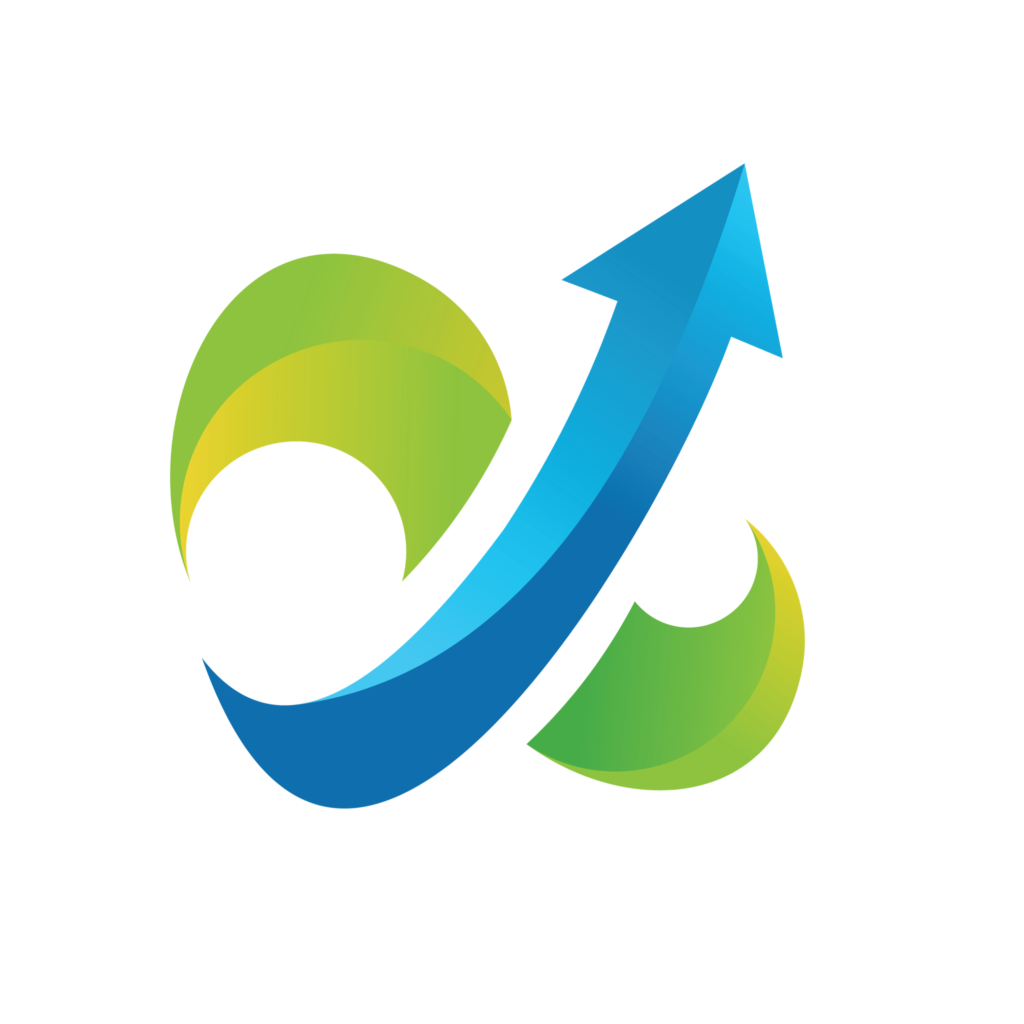
Choosing between loans and lines of credit can be confusing, as both are important financial tools but serve different needs. A loan gives you a lump sum of money all at once and is great for big, one-time expenses. It has a clear repayment plan which makes budgeting easier. A line of credit, however, is more flexible. It’s like having a pool of money you can use as needed, ideal for ongoing or unexpected costs.
Understanding the distinctions between loans and lines of credit is wise for making a financial decision for yourself or your business. This article will help you decide between the two options based on your financial needs.

Structure
A loan is essentially a sum of money that you borrow from a place like a bank or a financial company. When you apply for a loan and the bank approves it, they give you the entire amount of money you asked for in one go. This could be a large amount, depending on what you need it for – it could be for buying a house, a car, or maybe for your education. Once you get this money, you can use it for your big expense or investment.
Remember, this money isn’t a gift; it’s something you need to pay back. You usually pay it back in parts, often every month, over a period of time. Each of these payments includes a bit of the original amount you borrowed (the principal) and some extra money (interest). The interest is like a fee you pay for the privilege of using the borrowed money.
When you get a loan, it comes with something called an interest rate. This rate can be fixed, meaning it stays the same through the life of the loan. For instance, if you start with a 5% interest rate, it will stay at 5% until you finish paying off the loan. Some loans have variable interest rates, which means the rate can change over time.
At the start of the loan, you’ll be told what your interest rate is. If it’s fixed, you’ll know exactly what your rate will be for the whole time you’re paying back the loan. If it’s variable, the rate might go up or down based on the market or other factors. This rate decides how much extra money you need to pay back in addition to the amount you borrowed.
Repayment
When you borrow money, you agree to repay it within a specific timeframe. This is known as your repayment schedule. Usually, you make these payments every month. Each payment is made up of two parts: the principal and the interest. The principal is the amount of money you originally borrowed. The interest is the extra cost you pay for borrowing that money. The time you take to pay back the loan can vary. Some loans, like personal loans, might be for a few years. Bigger loans, like home mortgages, can take up to 30 years or more to pay back.
Usage
A loan is helpful for large, one-time expenses that you can’t afford to pay all at once. This could be for things like buying a car, a wedding or even a home, which are usually too costly to pay for in one go. Loans give you the chance to pay for these big purchases over time. Instead of paying all the money at once, you can spread the cost over several years.
This makes managing your budget easier because you pay in smaller, more manageable amounts. By taking a loan, you can afford these important life expenses without draining your savings. It’s a way to invest in something big now, while paying for it gradually as you go along.
Approval
When you apply for a loan, the bank looks at a few things to decide if they should lend you money. One important factor is your creditworthiness, which is like a score of how well you’ve handled money in the past. They check if you’ve paid bills on time or if you’ve had trouble with loans before. Another thing they look at is your income, to make sure you earn enough to pay back the loan. Sometimes, they also consider what you’re going to use the loan for.
For big loans, like a mortgage, the bank might ask for collateral. Collateral is something valuable you own, like a house or a car, that the bank can take if you can’t pay back the loan. This gives the bank a way to get their money back if things don’t work out. So, the bigger the loan, the more the bank needs to make sure it’s safe to lend to you. They use these factors to decide if lending you money is a good risk or not.

Structure
A line of credit works a lot like a credit card. It gives you access to a certain amount of money, but you don’t get it all at once. You can borrow from this amount whenever you need to, up to the limit set for you. Let’s say your line of credit is $10,000. You can borrow $2,000 for a repair, and you’ll still have $8,000 left to use for other things. When you pay back the $2,000, your available credit goes back to $10,000. This makes a line of credit flexible and useful for unexpected expenses. You have the freedom to use as much or as little of the money as you need, whenever you need it.
Interest Rates
A line of credit has a variable interest rate that frequently changes. This is different from some loans where the interest rate stays the same. The interest rate on a line of credit can go up or down over time. You’re charged interest only on the money you actually borrow, not on the full amount available to you. For example, if you have a line of credit of $10,000 but only use $2,000, you only pay interest on the $2,000.
This makes it different from a regular loan, where you pay interest on the entire amount from the start. If you don’t borrow any money from your line of credit, you won’t have to pay any interest. This flexibility is useful because you’re not paying extra for money you’re not using.
Repayment
A line of credit has flexible options for paying back the money you borrow. Usually, you need to make at least a minimum payment every month. This minimum payment is often a small part of the total amount you borrowed. If you borrow $1,000, your minimum monthly payment might be a percentage of this. You can choose to pay more than the minimum if you want to.
Paying more helps you reduce your debt faster and saves on interest, but if you’re tight on money, you can stick to just the minimum payment. This flexibility is helpful because your financial situation can change from month to month. Remember, even if you don’t use your line of credit, there’s no payment needed. When you use it, make sure to pay at least the minimum amount to maintain a good credit score.
Usage
A line of credit is great for expenses that keep coming up or for sudden costs you didn’t plan for. It works well as a safety net for emergencies, like car repairs or medical bills. You can use it for things that happen regularly, like paying bills or buying groceries. It’s also helpful for big projects that take time, like fixing up your house. Many people use it for their business needs, like buying supplies or covering expenses. It’s like having extra cash available when you need it.
This makes it different from a loan, which is usually for one specific purpose. A line of credit gives you flexibility and peace of mind. You know you have funds available in case something unexpected comes up. It’s a convenient way to make sure you’re covered for both planned and unplanned expenses.
Approval
Just like with loans, when you apply for a line of credit, the lender looks at how good you are with money. It is known as your creditworthiness. They also check how much money you make, which is your income. If you have a good history of paying back money and a steady income, you’re more likely to get approved. There are two types of lines of credit: unsecured and secured. Unsecured lines of credit don’t need you to promise something valuable, like your house or car, as security, but secured lines of credit, like a Home Equity Line of Credit (HELOC), do. With a HELOC, you use the value of your house as a guarantee that you’ll pay back the money.
Disbursement: Loans provide a lump sum, whereas lines of credit offer flexible access to funds as needed.
Interest Rates and Payments: Loans have fixed payments and interest rates, while lines of credit have variable rates and payments.
Flexibility: Lines of credit offer more flexibility in borrowing and repayment compared to the more structured approach of loans.
Before you choose between a loan and a line of credit, think about your own money situation. Consider what you need the money for and how you’ll pay it back. Remember to look at how much borrowing will cost you in the end. This way, you can make the best choice for your finances.





Subscribe for our monthly newsletter to stay updated.

If you’ve found Startup Loans USA from another source – there is no need to call and reapply.
Copyright © 2024 – Startup Loans USA All Right Reserved